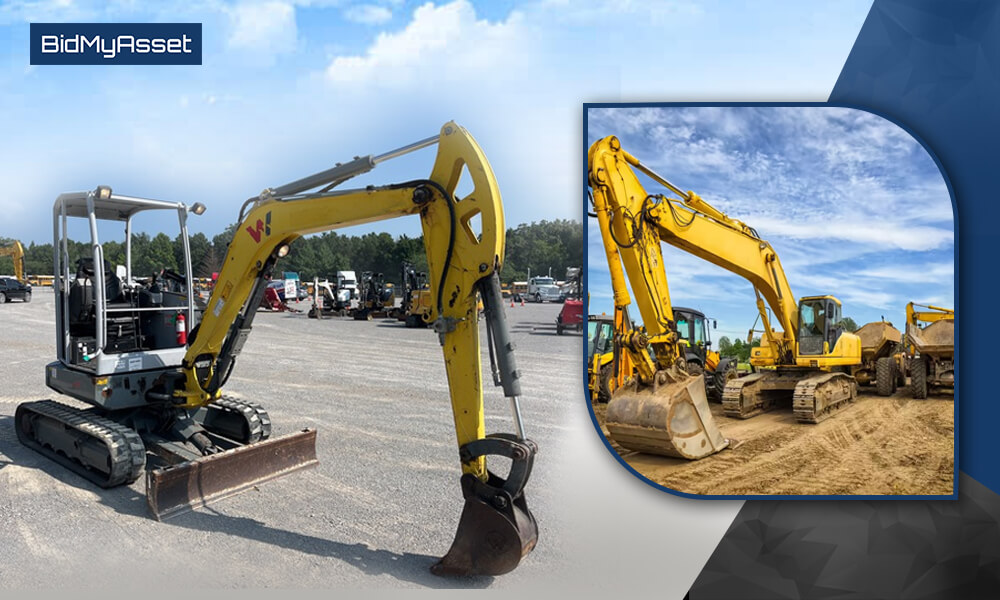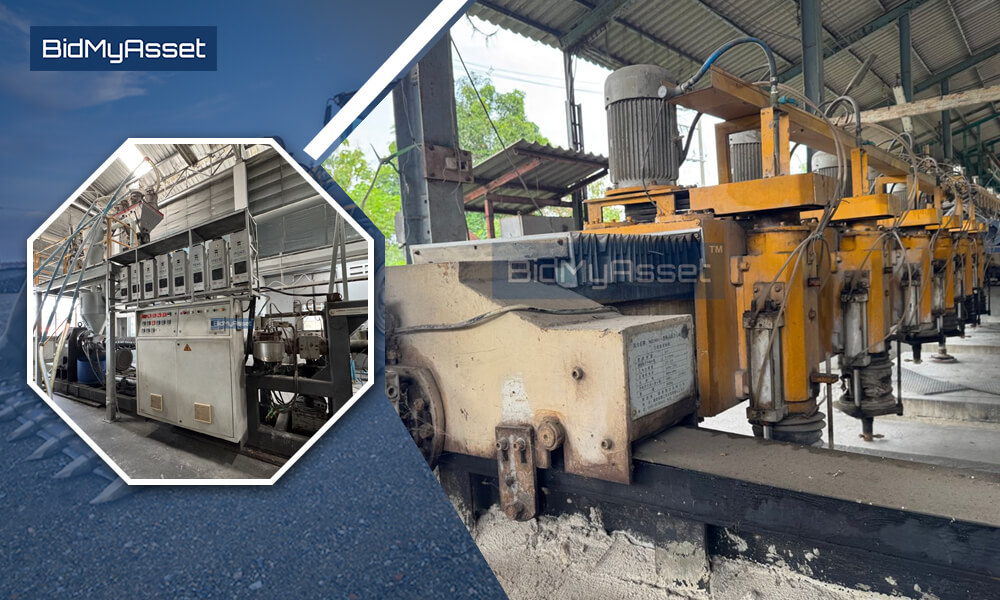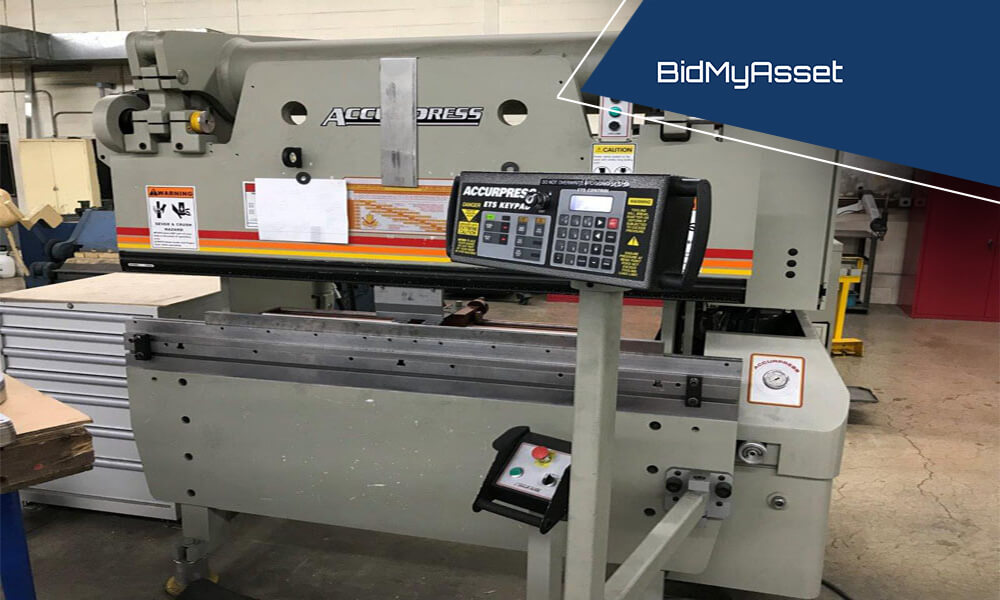Sustainable manufacturing is more than a buzzword; it is a call for action to innovative goods production with minimal environmental impact. Integration of sustainable practices became important as businesses and consumers increasingly make environmental responsibility their priority. The pillar of this change is the circular economy, a model that encourages resource efficiency and waste reduction. In this change are the essentials like the circular economy, known as a model that promotes resource efficiency and waste minimization.
Role of Circular Economy in Sustainable Manufacturing
The circular economy is a concept that can be revolutionized by closing the loop in production. In the current model, instead of seeing the end-of-life product as waste, it sees the opportunity to integrate such products into the production cycle again. Through the circular economy, manufacturers will develop products with the intention of durability, repair, and recyclability.
Some Key Principles of the Circular Economy Include the Following:
Designing for Longevity: Products are built to last for longer periods to avoid frequent replacement.
Resource Recovery: Materials derived from old products are recovered to reduce dependence on raw resources.
Waste minimization: production is optimized for each stage that contributes to the generation of waste during production.
Eco-friendly production fits well in the context of the above principles and boosts innovation in areas of material science, energy management, and producing techniques.
Sustainable Manufacturing’s Future
With climate change and scarcity of resources around the world, sustainable manufacturing is going to shape a much more resilient economy. The circular economy provides a pragmatic framework for such transformation as it moves industries from the “take-make-waste” mentality to regeneration and efficiency.


